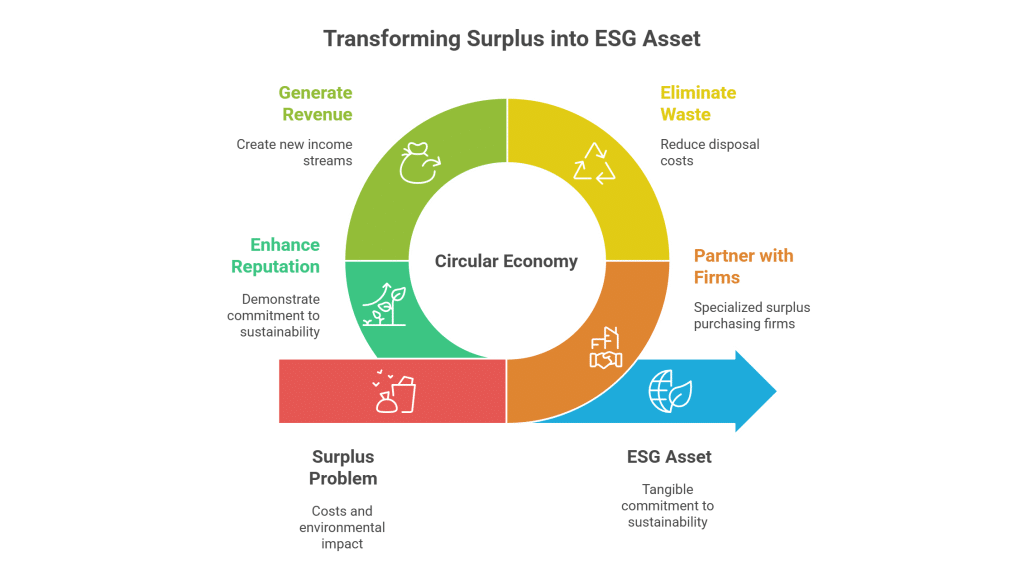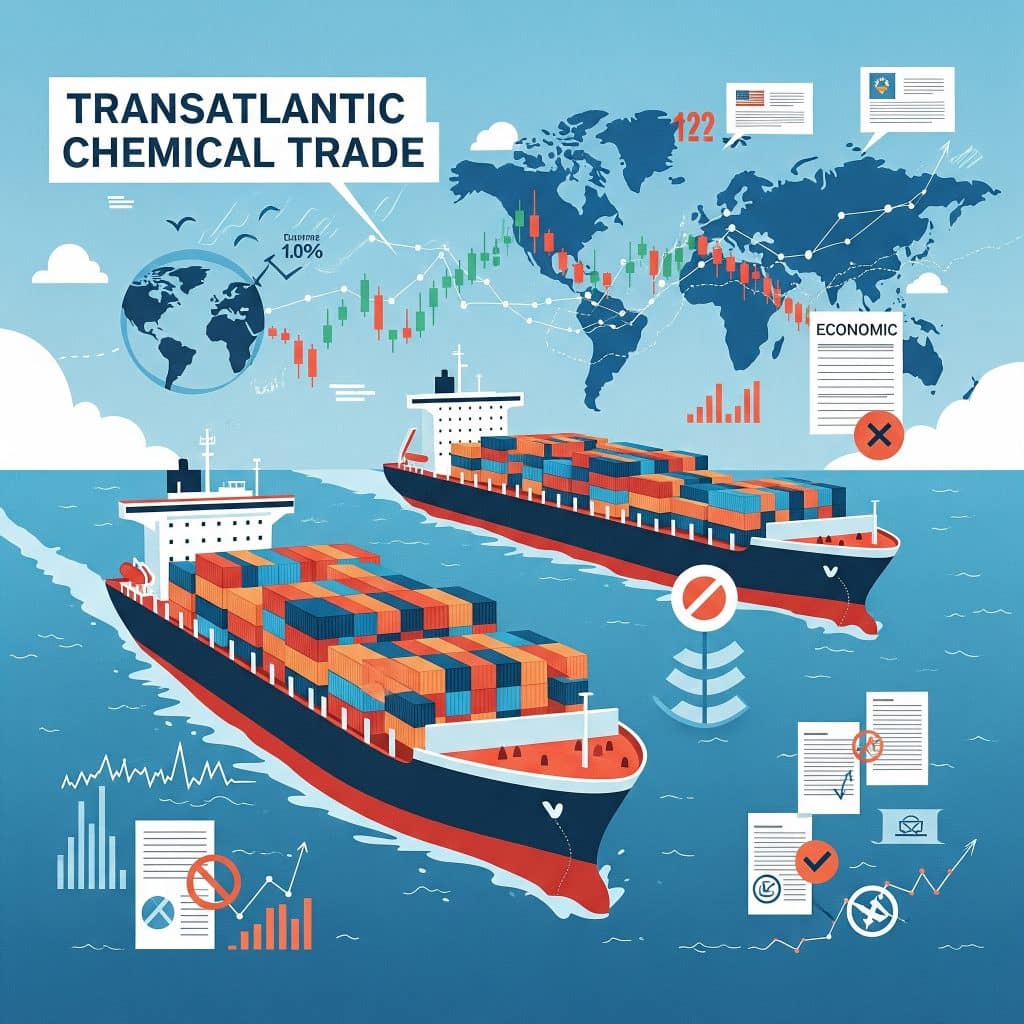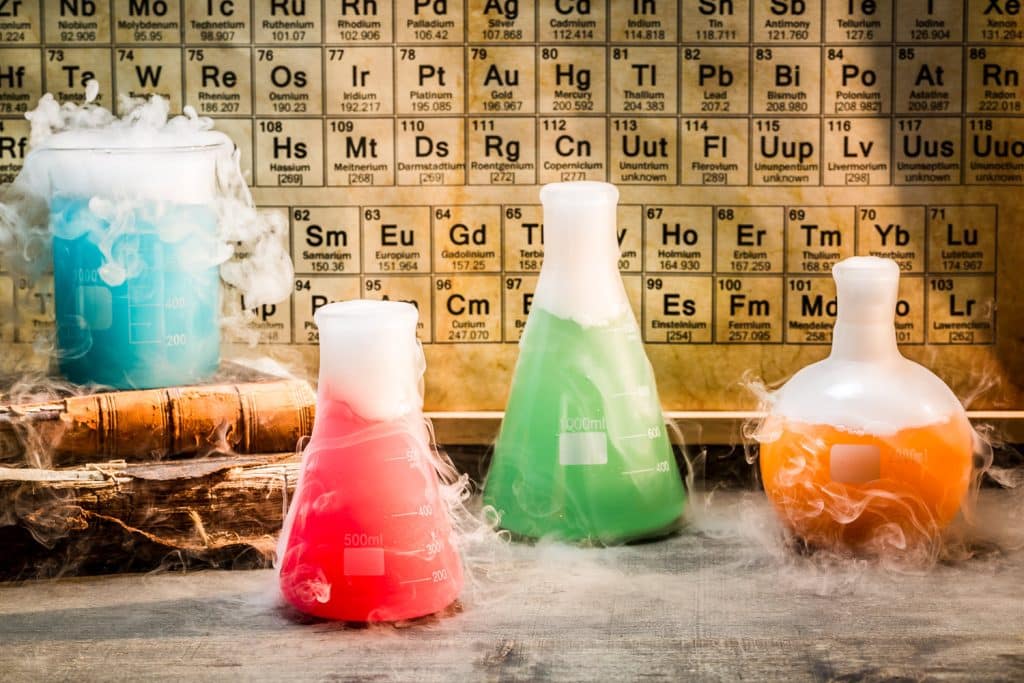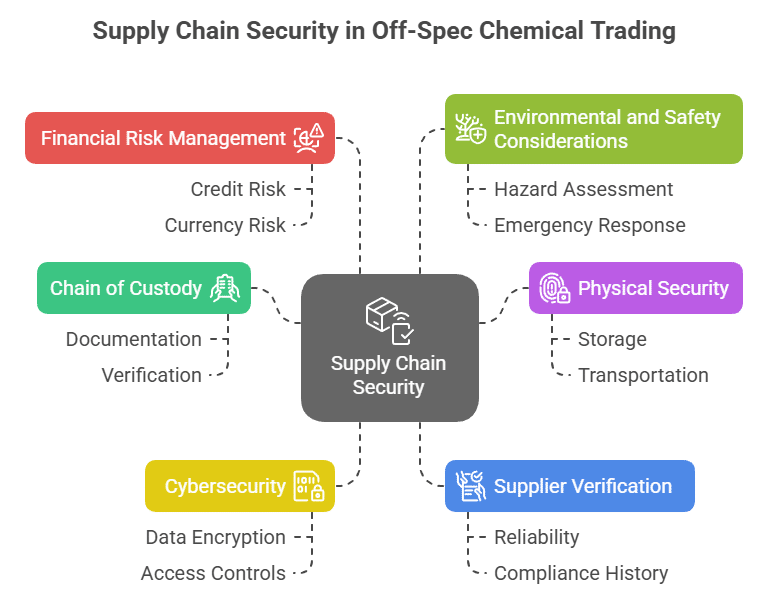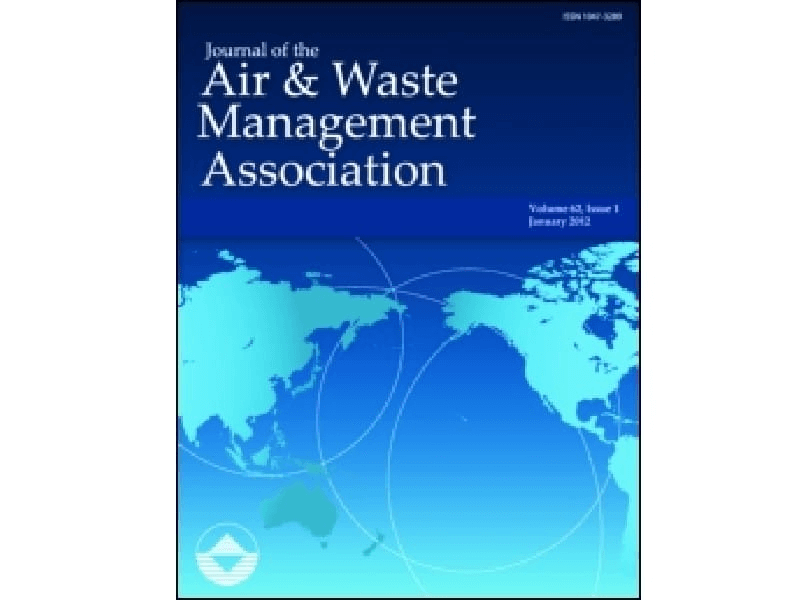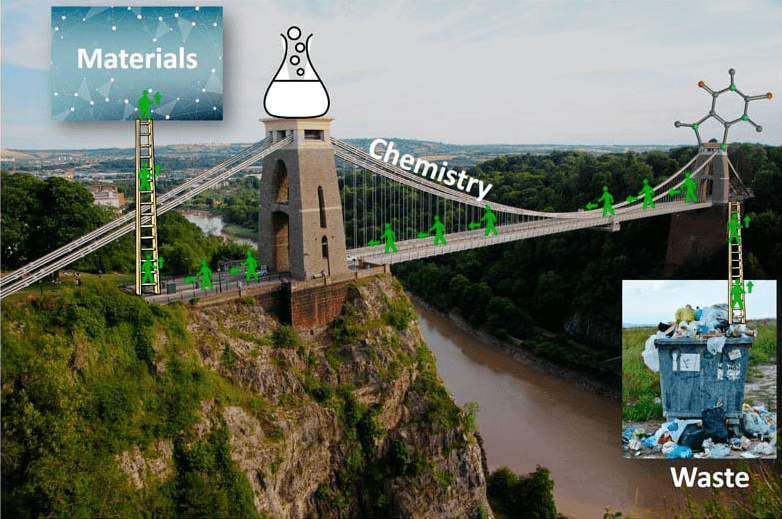Revolutionizing Photoresist Processes with n-Butyl Acetate
n-Butyl Acetate is a versatile solvent highly regarded for its rapid evaporation and excellent solvency, making it indispensable in photoresist applications. In the semiconductor and microfabrication sectors, it plays a critical role in dissolving and applying photoresist films, helping to achieve precise patterning. Often kept as surplus inventory, n-Butyl Acetate offers companies an opportunity to convert excess stock into a valuable asset.
n-Butyl Acetate: Premium Photoresist Solvent Surplus Trading for Profit & Sustainability
Engaging in the trade of surplus n-Butyl Acetate not only provides a financial boost by turning inactive inventory into revenue but also supports sustainable and responsible chemical management. Companies can eliminate storage costs, reduce disposal fees, and minimize environmental impact. By reconnecting surplus chemicals with the supply chain, manufacturers and buyers alike gain from economic advantages while ensuring compliance with environmental standards and reinforcing their commitment to green practices.
n-Butyl Acetate: Enhancing Photoresist Solvent Performance
Buyers benefit from sourcing surplus n-Butyl Acetate by reducing procurement costs and ensuring a steady supply of high-purity solvent. Reliable access to the chemical supports continuous production, while its sustainable reuse helps meet environmental compliance and green certification requirements.
Sellers enjoy converting stored surplus into immediate revenue, freeing up valuable storage space and avoiding high disposal costs. This sustainable approach not only boosts cash flow but also supports environmental stewardship by reducing chemical waste, thus aligning with modern regulatory demands.
Table of Contents
From Surplus to Success: A Photoresist Factory's Transformation
A leading semiconductor manufacturer faced challenges with an excess inventory of n-Butyl Acetate stored on-site, which was becoming a financial and logistical burden. By partnering with a surplus chemical trading platform, the company successfully converted this dormant asset into revenue. The surplus n-Butyl Acetate was reintroduced into the market where it met the high standards required for photoresist applications. This initiative reduced storage costs, minimized disposal risks, and supported sustainable practices. The example showcased an innovative approach to resource management, turning a potential setback into a strategic opportunity for operational efficiency and environmental responsibility.




